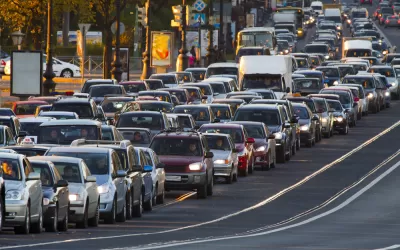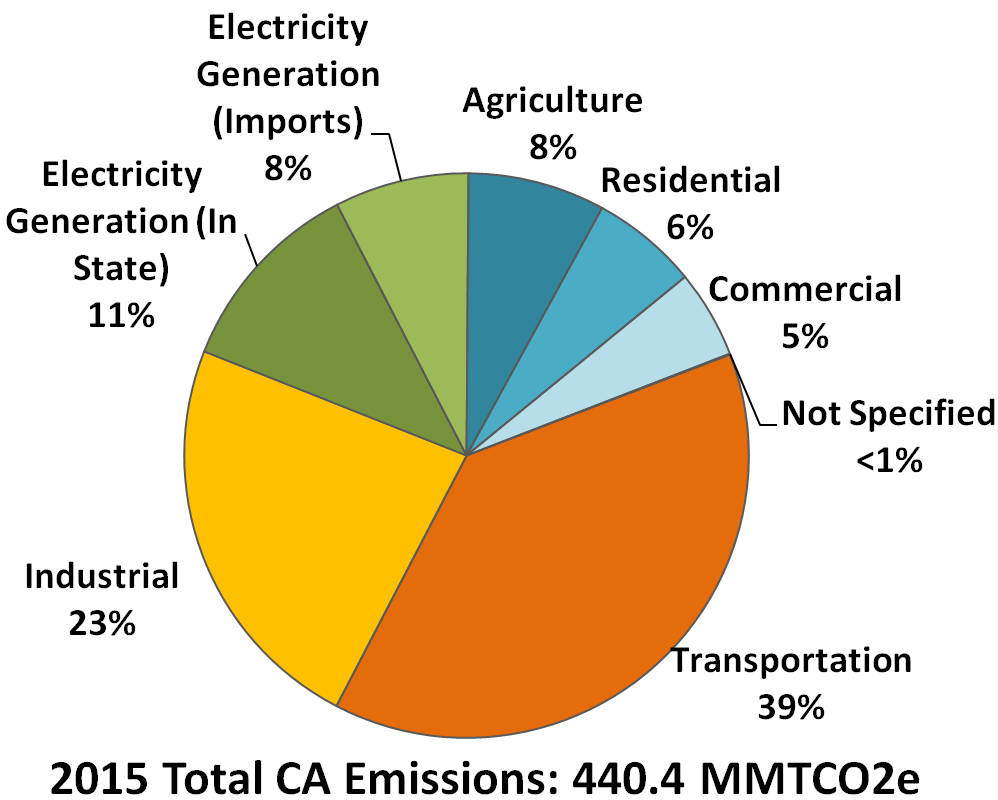Americans have increased their driving every year since 2011, and the first six months of 2017 were no different, increasing 1.6 percent compared to last year, according to data released Tuesday by the Federal Highway Administration.

Mileage in June alone increased 1.2 percent from June 2016, or 1 percent when seasonally adjusted, according to the June '"Traffic Volume Trends' report – a monthly estimate of U.S. road travel," reports Doug Hecox for the Federal Highway Administration (FHWA). "The estimates include passenger vehicle, bus and truck travel."
The reports breaks down the mileage data by region, with the West showing the greatest increase, 2.2 percent, and the Midwest reporting the smallest gain, 0.5 percent.
At 3.5 percent, Oklahoma led the nation with the largest unadjusted single-state traffic percent increase compared to the same month a year earlier, followed by Nevada and Kansas at 3.4 percent and 3.3 percent respectively. At 2.3 percent, Michigan had the nation’s largest unadjusted traffic decrease for the month.
As posted earlier this month on the release of the May data, vehicle miles traveled increased dramatically with the decrease in gasoline prices in 2014.
With the West leading the increase in driving, the new data can't be seen as good news for greenhouse gas regulators in California, who are concerned about the increasing emissions from the transportation sector, which account for 39 percent of total emissions.
Credit: California Air Resources Board (CARB) – Emissions by Sector, Greenhouse Gas Inventory
CARB reported in June on the 3 percent increase in transportation emissions in 2015, the latest year for which the state has detailed data on emissions. The increase threatens to derail attempts to meet the new emissions target of 40 percent reduction by 2030. Legislators are aware of the problem, and have proposed increasing state rebates for electric vehicles.
As far as reducing vehicle miles traveled by reducing commute distances, as suggested by a report released this month by Next 10, legislators are considering many bills to increase housing construction, particularly units that are affordable. Ben Adler of Capital Public Radio reports on a deal reached Monday night among legislators to advance a package of bills, including a $4 billion affordable housing bond to appear on November's ballot next year.
Related FHWA mileage posts in Planetizen:
- Another Month, Another Mileage Record Set, August 7, 2017
- Americans Continue Relentless Increase in Driving, December 12, 2016
FULL STORY: U.S. Driving Increases for Sixth Straight Year, New Federal Data Show

Alabama: Trump Terminates Settlements for Black Communities Harmed By Raw Sewage
Trump deemed the landmark civil rights agreement “illegal DEI and environmental justice policy.”

Study: Maui’s Plan to Convert Vacation Rentals to Long-Term Housing Could Cause Nearly $1 Billion Economic Loss
The plan would reduce visitor accommodation by 25% resulting in 1,900 jobs lost.

Why Should We Subsidize Public Transportation?
Many public transit agencies face financial stress due to rising costs, declining fare revenue, and declining subsidies. Transit advocates must provide a strong business case for increasing public transit funding.

Paris Bike Boom Leads to Steep Drop in Air Pollution
The French city’s air quality has improved dramatically in the past 20 years, coinciding with a growth in cycling.

Why Housing Costs More to Build in California Than in Texas
Hard costs like labor and materials combined with ‘soft’ costs such as permitting make building in the San Francisco Bay Area almost three times as costly as in Texas cities.

San Diego County Sees a Rise in Urban Coyotes
San Diego County experiences a rise in urban coyotes, as sightings become prevalent throughout its urban neighbourhoods and surrounding areas.
Urban Design for Planners 1: Software Tools
This six-course series explores essential urban design concepts using open source software and equips planners with the tools they need to participate fully in the urban design process.
Planning for Universal Design
Learn the tools for implementing Universal Design in planning regulations.
Smith Gee Studio
Alamo Area Metropolitan Planning Organization
City of Santa Clarita
Institute for Housing and Urban Development Studies (IHS)
City of Grandview
Harvard GSD Executive Education
Toledo-Lucas County Plan Commissions
Salt Lake City
NYU Wagner Graduate School of Public Service






























